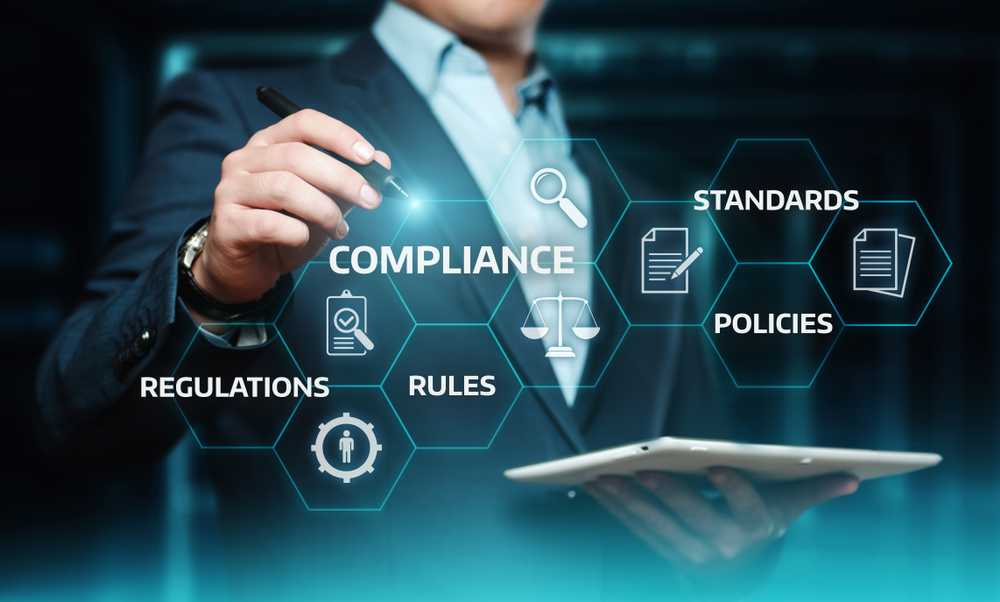What is SOC 2? Here is a Complete Overview
Reliable, secure, and trustworthy. Companies work hard to uphold and deliver each of these pledges to their customers. How can you ensure that the data of your customers will be kept secure if your business or a third party you work with oversees managing and storing that data? To corroborate that organizational controls and programs duly guard the privacy and security of customer and client data.
SOC 2, aka Service Organisation Control Type 2, is SOC 2 is a framework that applies to any technology service or SaaS organization that keeps client data in the cloud. It makes sure your service providers safely manage your data to guard your business’s interests and the privacy of its customers.
SOC 2 instrument is a prerequisite for security-conscious enterprises when looking for a SaaS provider. It provides a foundation for data protection by outlining five trust service principles: security, availability, recycling integrity, confidentiality, and privacy of customer data.

SOC 2 instrument principles explained
1. Security
The security concept deals with precluding unwanted access to system coffers. Access controls to aid in precluding implicit system abuse, data theft or unauthorised junking software abuse, and incorrect information manipulation or exposure.
Intrusion discovery, two-factor authentication, network and web operation firewalls, and other IT security results help preclude security breaches that could affect unauthorized access to systems and data. Get in touch with experts to learn more about SOC compliance.
2. Availability
According to a contract or service position agreement, the availability of the system, goods, or services is pertained to as the contract or service level agreement (SLA). As a result, both parties agree on the minimal respectable performance position for system availability.
This principle includes availability-related security-affiliated conditions but doesn’t address system operation and usability. Monitoring network availability and performance, managing point failover, and responding to security incidents are pivotal in this circumstance.
3. Processing integrity
The processing integrity principle analyses if a system succeeds in its objects (i.e., delivers the correct data at the right price and on time). As a result, data processing must be absolute, legitimate, precise, and prompt.
Processing integrity, still, doesn’t always indicate data integrity. It’s generally not the processing reality’s obligation to identify faults in data if they formerly live when the data is input into the system. Processing integrity can be assured with the use of monitoring data processing and quality assurance ways.
4. Confidentiality
Data is regarded as non-public if access to and exposure to the information is limited to a particular group of people or organisations. Data that are simply meant for use by workers of the organisation, as well as business strategies, personal information, internal price lists, and other feathers of sensitive fiscal information, are many examples.
An essential safeguard for maintaining transmission secretiveness is encryption. Information that’s handled or kept on computer systems can be defended by network and operation firewalls as well as strict access controls.
5. Privacy
The privacy principle focuses on how the system collects, uses, retains, discloses, and discards data in agreement with the association’s privacy notice and norms outlined in the AICPA’s generally accepted privacy principles (GAPP).
Details that can identify an existent are pertained to as particular identifiable information (PII) (e.g., name, address, ID number). An advanced position of security is generally needed for sensitive particular information, which includes information relating to health, race, gender, and religion. All PII must be shielded from unwanted access via controls.
What are the benefits of SOC 2 inspection?
1. SOC 2 check-ups assists in enhancing the overall security standpoint.
2. customers feel secure entrusting SOC 2 biddable businesses with their data since they’ve all the necessary tools and programs to cover sensitive information.
3. The norms of SOC 2 constantly cross over with those of other fabrics, similar to ISO 27001 and HIPAA.
4. It builds a significant competitive edge and enhances the organization’s professional image as a security-conscious one.
5. carrying SOC 2 compliance assists in avoiding security breaches and the associated fiscal and reputational detriment.
To know more about the concept of SOC certification, be sure to join hands with experts.